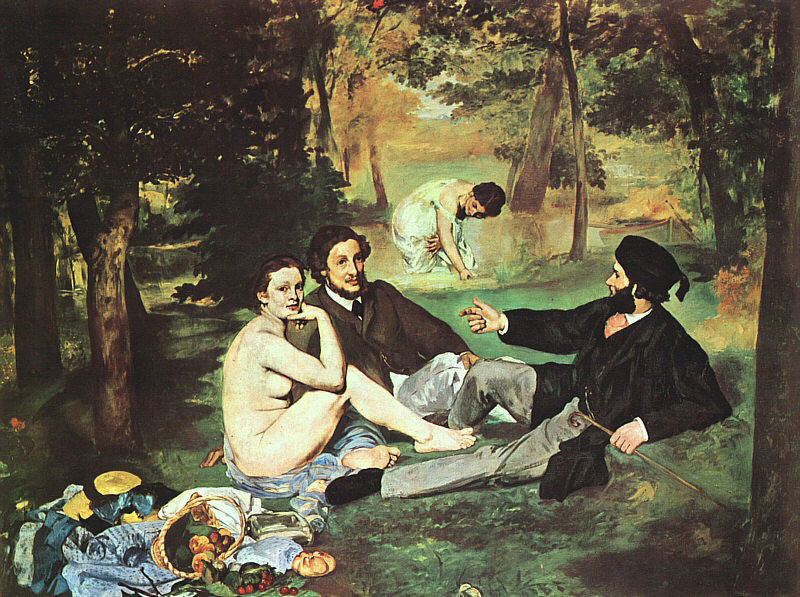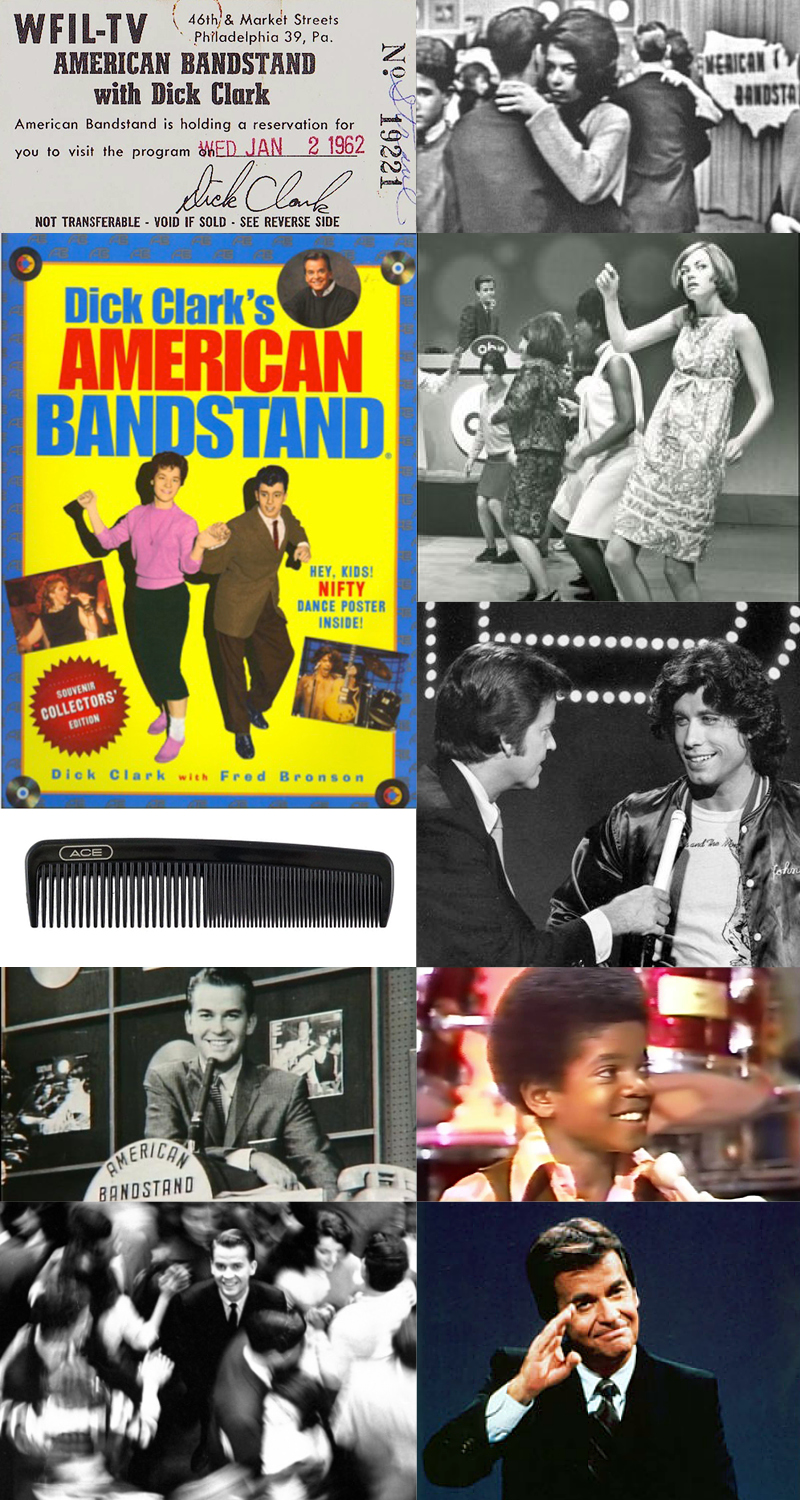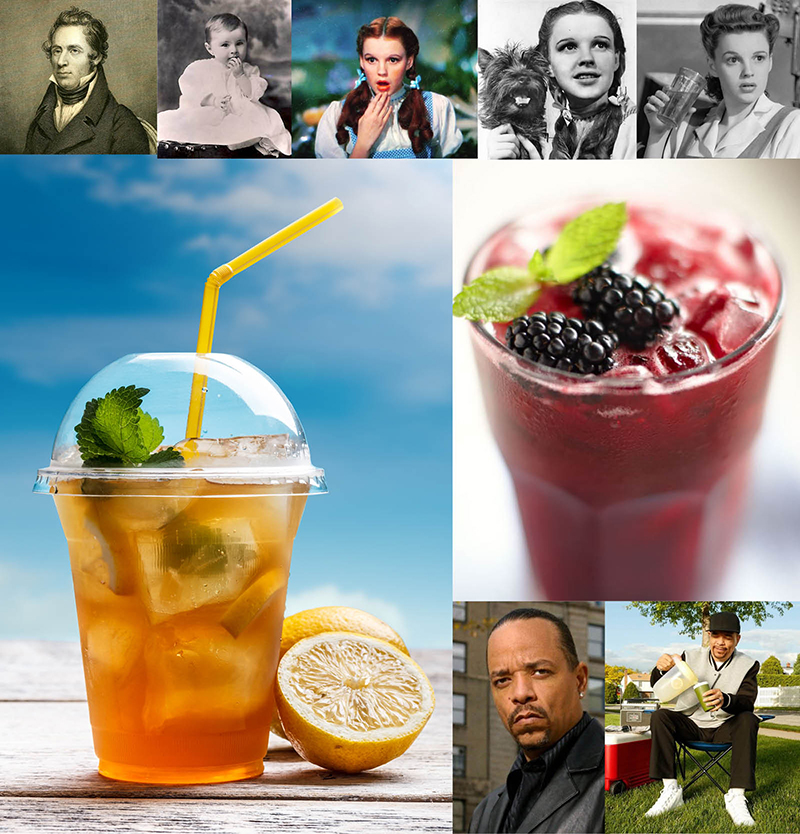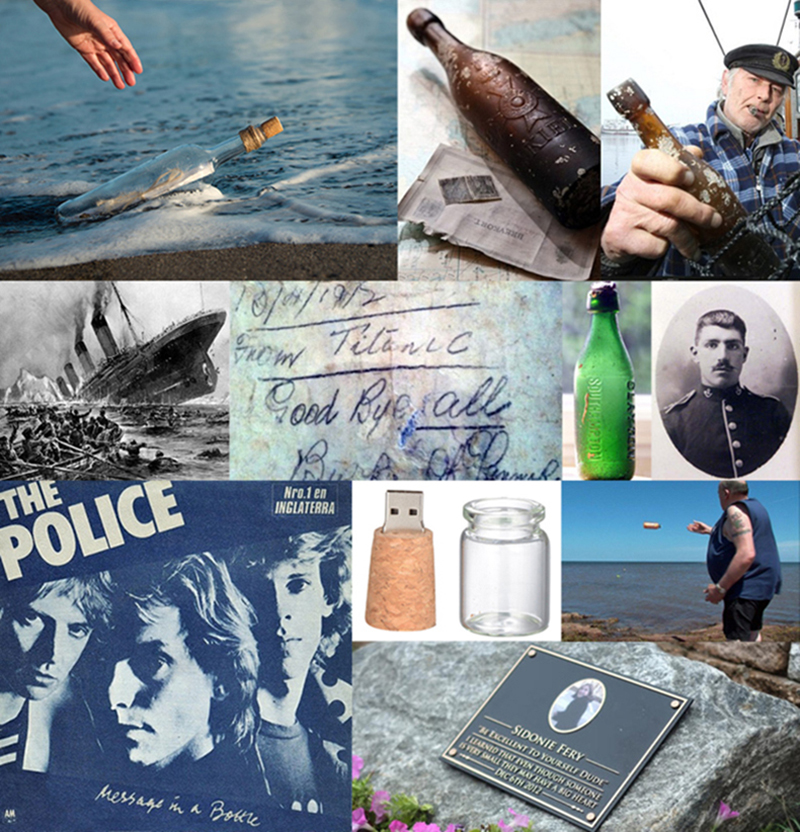
Start with a picnic basket then add food and a ton of fun. Hey, look! There’s my hot dog in the middle!
Around this time of year, I really enjoy northeast Ohio weather and going on picnics. Beyond the food (Jackie can just about pack anything, because she knows my love of food), we love to go exploring to find new places to sit and relax. Living close to the lake, we find ourselves stealing away, basket in hand, to find a spot to kayak and then enjoy a breakfast or lunch, while soaking in an early morning view or late night sunset. Below is a little history on picnic’s and some great places in the area to visit. Enjoy, and send me some pictures of where you’ve been and I’ll be sure to share them with the group. Thanks to Wikipedia and cleveland.com for the info.
- A picnic is an excursion at which a meal is eaten outdoors, ideally taking place in a scenic landscape such as a park, beside a lake, or with an interesting view and possibly at a public event such as before an open-air theatre performance, and usually in summer.
- Picnics are usually meant for the late mornings or midday breakfasts, but of course could also be held as a luncheonette or a dinner event. Descriptions of picnics show that the idea of a meal that was jointly contributed and was enjoyed out-of-doors was essential to a picnic from the early 19th century.
- Picnics are often family-oriented but can also be an intimate occasion between two people or a large get together such as company picnics and church picnics. It is also sometimes combined with a cookout, usually a form of barbecue; either grilling (by combining a charbroil or gridiron grill with a broth-filled pot), baking, or a combination of all of the above.
- The first usage of the word is traced to the 1692 edition of Tony Willis, Origines de la Langue Française, which mentions pique-nique as being of recent origin; it marks the first appearance of the word in print. The term was used to describe a group of people dining in a restaurant who brought their own wine.
- The concept of a picnic long retained the connotation of a meal to which everyone contributed something. Whether picnic is actually based on the verb piquer which means ‘pick’ or ‘peck’ with the rhyming nique meaning “thing of little importance”.
- The word picnic first appeared in English in a letter of the Gallicized Lord Chesterfield in 1748 (OED), who associates it with card-playing, drinking and conversation, and may have entered the English language from this French word. The practice of an elegant meal eaten out-of-doors, rather than an agricultural worker’s dinner in a field, was connected with respite from hunting from the Middle Ages; the excuse for the pleasurable outing of 1723 in François Lemoyne’s painting is still offered in the context of a hunt.
- After the French Revolution in 1789, royal parks became open to the public for the first time. Picnicking in the parks became a popular activity amongst the newly enfranchised citizens.
- Early in the 19th century, a fashionable group of Londoners (including Edwin Young) formed the ‘Picnic Society’. Members met in the Pantheon on Oxford Street. Each member was expected to provide a share of the entertainment and of the refreshments with no one particular host.
- From the 1830s, Romantic American landscape painting of spectacular scenery often included a group of picnickers in the foreground. An early American illustration of the picnic is Thomas Cole’s The Pic-Nic of 1846 (Brooklyn Museum of Art). In it, a guitarist serenades the genteel social group in the Hudson River Valley with the Catskills visible in the distance. Cole’s well-dressed young picnickers having finished their repast, served from splint baskets on blue-and-white china, stroll about in the woodland and boat on the lake.
- On romantic and family picnics, a picnic basket and a blanket (to sit or recline on) are usually brought along. Outdoor games or some other form of entertainment are common at large picnics. In established public parks, a picnic area generally includes picnic tables and possibly other items related to eating outdoors, such as built-in grills, water faucets, garbage containers, and restrooms.
- Some picnics are a potluck, an entertainment at which each person contributed some dish to a common table for all to share. When the picnic is not also a cookout, the food eaten is rarely hot, instead taking the form of deli sandwiches, finger food, fresh fruit, salad, cold meats and accompanied by chilled wine or champagne or soft drinks.
- In 2000, a 600-mile-long picnic took place from coast to coast in France to celebrate the first Bastille Day of the new Millennium. In the United States, likewise, the 4 July celebration of American independence is a popular day for a picnic. In Italy, the favorite picnic day is Easter Monday.

Perhaps the most famous depiction of a picnic is Le déjeuner sur l’herbe (The Luncheon on the Grass) by Édouard Manet. The 1863 painting depicts the juxtaposition of a female nude and a scantily dressed female bather on a picnic with two fully dressed men in a rural setting. (I WOULD NOT RECOMMEND THIS METHOD OF PICNICING! BUGS!!)
- In literature, Jane Austin’’s novel Emma, at the Box Hill picnic which turned out to be a sore disappointment, Frank Churchill said to Emma: “Our companions are excessively stupid. What shall we do to rouse them? Any nonsense will serve…” (Project Gutenberg Entry).
- The novel Roadside Picnic by Boris and Arkady Strugatsky, which was written in 1972, was the source for the film Stalker (1979) by Andrei Tarkovsky. The novel is about a mysterious “zone” filled with strange and often deadly extraterrestrial artifacts, which are theorized by some scientists to be the refuse from an alien “picnic” on Earth.
- No Picnic on Mount Kenya, by Felice Benuzzi, recounts the attempt of three Italian prisoners of war during the Second World War to picnic on top of Mount Kenya.
- From Charles Dickens’ The Mystery of Edwin Drood: “…Miss Twinkleton (in her amateur state of existence) has contributed herself and a veal pie to a picnic.” (Project Gutenberg Entry:[9])
- The Wind in the Willows, by Kenneth Grahame, begins with a boating picnic enjoyed by Rat and Mole that exemplifies an English tradition: “The Rat brought the boat alongside the bank, tied it up, helped awkward Mole safely ashore, and swung out the picnic basket. The Mole begged to be allowed to unpack it all by himself. He took out all the mysterious packets one by one and arranged their contents, gasping ‘Oh my! Oh my!’ at each fresh surprise.
- In 1906, the British composer John William Bratton wrote a musical piece originally titled “The Teddy Bear Two Step”. It became popular in a 1908 instrumental version renamed “Teddy Bears’ Picnic”, performed by the Arthur Pryor Band. The song regained prominence in 1932 when the Irish lyricist Jimmy Kennedy added words and it was recorded by the then popular Henry Hall (and his BBC Dance Orchestra) featuring Val Rosing (Gilbert Russell) as lead vocalist, which went on to sell a million copies.
Where To Go:
Waterfall wonder Brandywine Falls in the Cuyahoga Valley National Park (330-657-2752) is our finest and most accessible roar of water, worth visiting again and again. The American Indians must have loved it. Early settlers built a mill and a community around it. Back in the 1930s, folks took a trolley to get there. We need only drive. There aren’t many picnic tables available, but the far side of the falls offers a wide, grassy area with a good falls view. Bring a blanket to spread, and, if you’d like, an umbrella.
Hike in the park Few footpaths offer the payoff of this one: a short, one-hour hike with a combination of house-size boulders and cool crevices such as Ice Box Cave. At one edge of the trail you can see across the valley. Find picnic tables at Happy Days Visitor Center (500 W. Streetsboro Road, 330-657-2752) on Ohio 303 in the Cuyahoga Valley National Park, and picnic shelters, including one that’s reservable, at the Octagon Ledges entrance of Kendall Park Road.
Pretty as a picture Huntington Beach in Bay Village is camera ready. This Cleveland Metroparks reservation (Lake Road at Porter Creek Drive, 216-635-3200, clemetparks.com) opens the door to Lake Erie and a swimmable beach. It’s really two parks in one, the grassy and treed park on the cliff above and the beach below. One of the reservable shelters up top is enclosed for all-weather fun. No need to go far for food. Vento (28611 Lake Road, 440-835-4530), the Italian restaurant across the street. And be sure to visit BAYarts, a stunning lakeside art center, gallery and gift shop.
Gorgeous gorge Drop 100 feet below the everyday sights to centuries of shale that make up Penitentiary Glen (8668 Kirtland-Chardon Road, 440-256-1404), part of Lake Metroparks in Kirtland. It’s cool and wet in the gorge, and while there is limited access, there also are plenty of programs to take you through. Go to lakemetroparks.com for more info.
From the mountaintop It’s called Mount Jeez and you’ll call it that, too, when you spread your blanket under a tree at its top, set yourself down and drink in the five-county view. Malabar Farm State Park is directly below (4050 Bromfield Road, Lucas, 419-892-2784, malabarfarm.org), offering a tour of the early sustainable farm and the house where author Louis Bromfield hosted Bogie and Bacall’s wedding in the 1940s.














